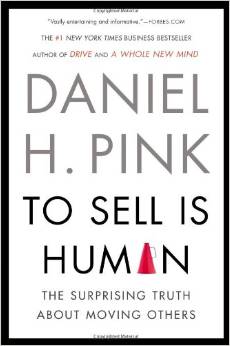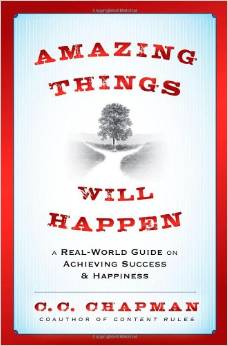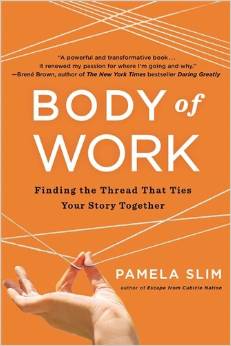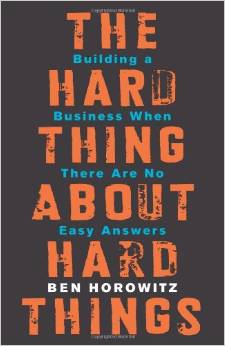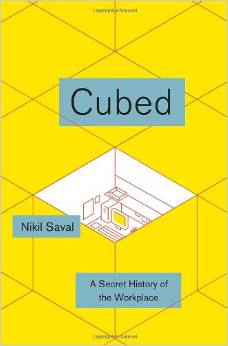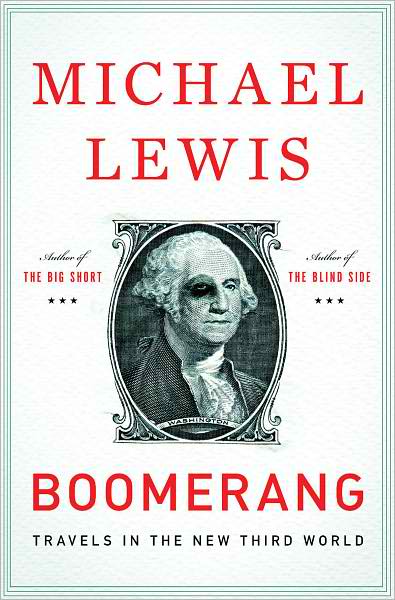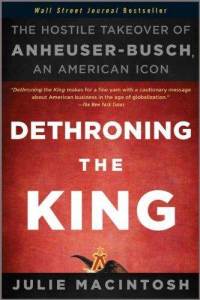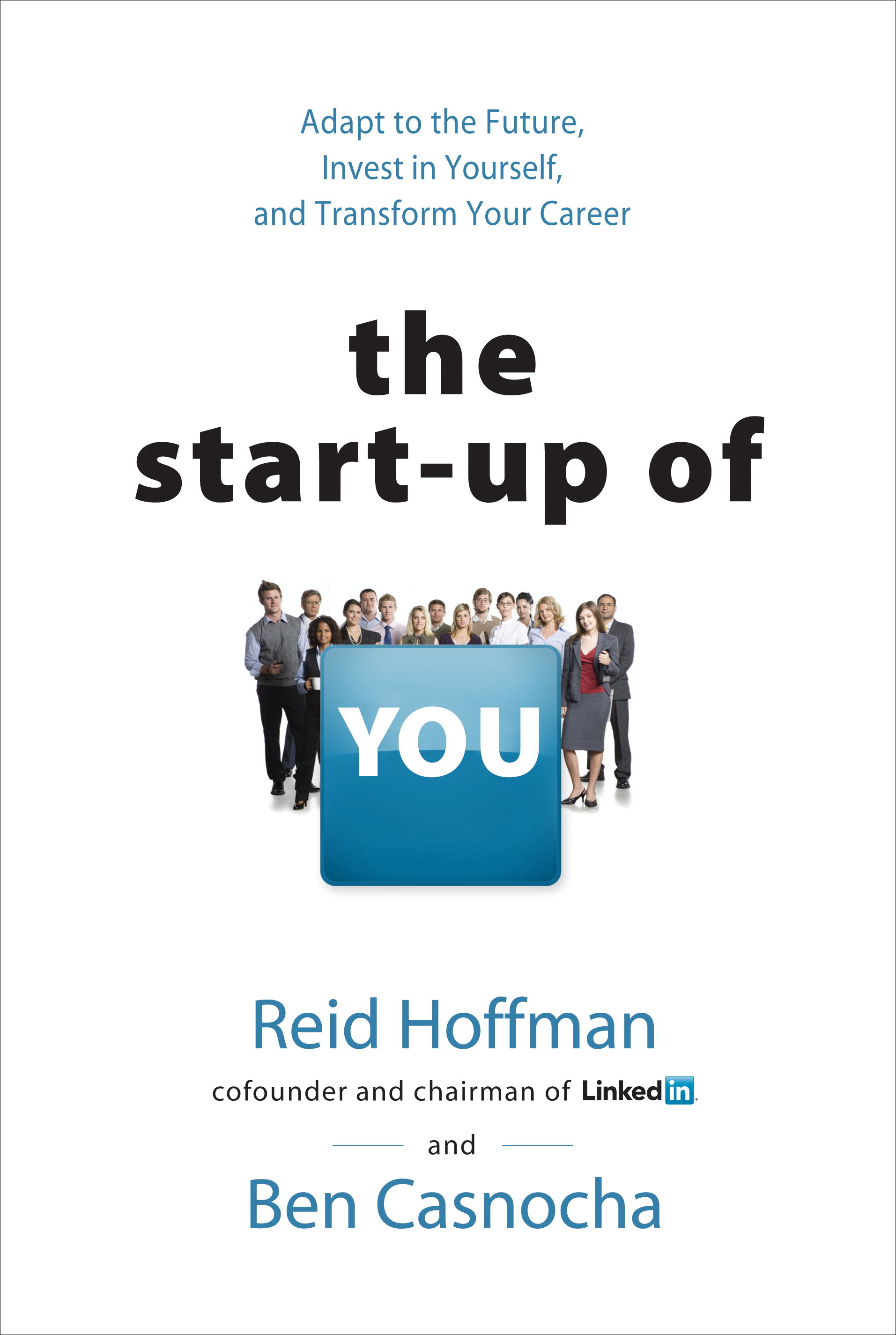Pitching Innovation: Short & Simple
I've never been a big fan of the psychology of sales. I've always felt that if you're challenging a buyer, providing insights, selling efficiently and helping them understand a problem, the psychological side will sort itself out. But the fact is there's absolutely a psychological impact that comes with your approach (hopefully a positive one).
I thought about all of this a few weeks ago while sitting on a plane reading Pitch Anything by Oren Klaff. Early on in the book he talks about the evolution of the human brain. There are three fundamental layers of the brain that have been built on top of one another as the human species has evolved. We started with the 'crocodile brain' and then added the mid-brain and then added the neocortex part of the brain.
The first and most fundamental part of our brain is the crocodile brain. This is basically the thing that keeps us alive. We use it to recognize danger and threats. It's an extremely simple part of our brain. It can't think critically and it can't reason. Its only purpose is to protect us.
When you walk into a room to pitch something this is the part of the brain that your buyer is using. The buyer's crocodile brain is on high alert. The buyer is asking themselves questions like: Is this person going to hurt me? Is this person trying to fool me? Is buying this product going to get me fired? Should I trust this person?
In that first interaction, these are the things that the buyer cares about. That's their focus.
The problem for you as a seller is that when you're pitching, you're not using your crocodile brain. You're using your neocortex brain -- the most sophisticated part of your brain. You're thinking critically. You're giving insights. You're talking about details. You're probably showing detailed charts and graphs. You're probing, engaging and being thoughtful.
But the crocodile part of the brain doesn't understand the neocortex part of the brain. So you're completely missing the mark. You're speaking different languages. You might as well be speaking German to someone that only speaks English. Being smart, in this case, is actually hurting you.
As I said, I don't like diving into the psychology of sales, but there are some good lessons in here.
This insight is a great reminder that when you're meeting someone for the first time, talk to their crocodile brain. Keep it short, simple, concise and clear and don't try to do too much. Save the fancy charts and data tables for next time. Nobody is going to seriously engage with you until you have credibility and some level of trust. That's the goal of the first meeting: build credibility and trust. And try to get to the next step of your education process. But forget about complex models and detailed financial analysis. They won't listen to it, they won't digest it and they definitely won't believe it. Save all of that for the next meeting, after you've satisfied their crocodile brain.
Also, on the topic of keeping your presentation short, Klaff points out that in 1953 when James Watson and Francis Crick introduced the double-helix DNA structure (e.g. the secret of life), the presentation that earned them the Nobel Prize, was five minutes long. That's right, the most important scientific discovery of our time was pitched in five minutes.
Regardless of what you're selling, something tells me that in your next meeting you don't need to be pitching for the full hour.

